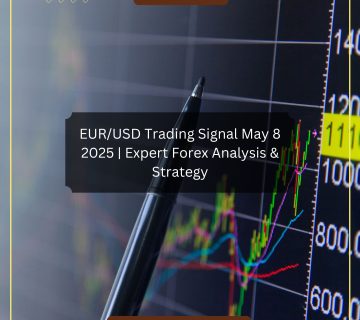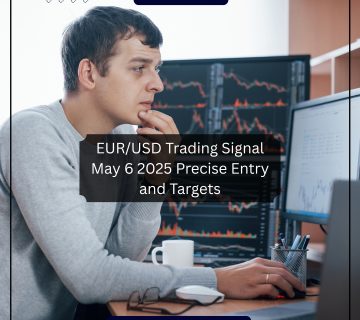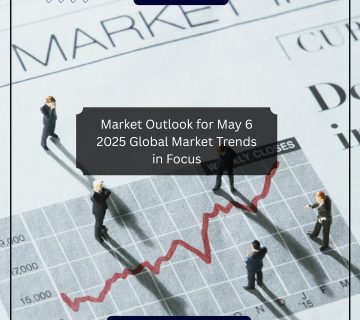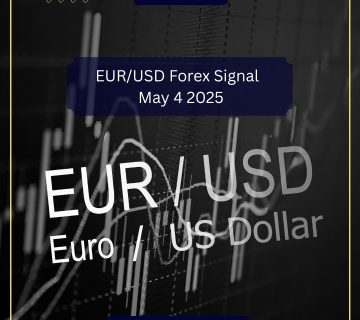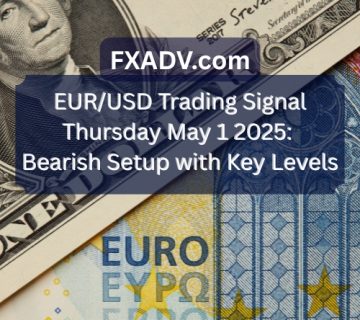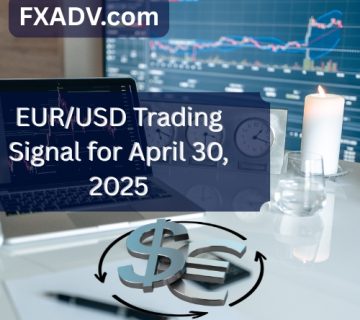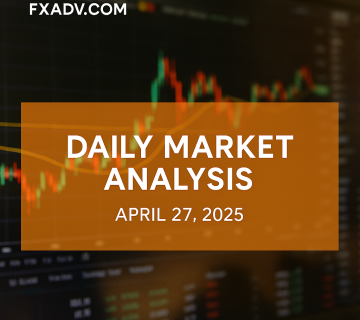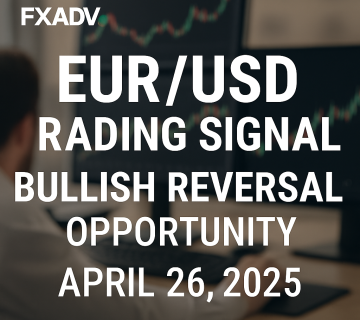Today’s EUR/USD Forecast in Forex: Key Insights and Predictions
Introduction
The EUR/USD pair is one of the most traded currency pairs in the world, acting as a barometer for economic health between the Eurozone and the United States. As of October 2024, this pair has experienced significant volatility due to various economic indicators, policy changes, and market sentiments. This article provides a comprehensive analysis of the EUR/USD pair’s performance, examining the key factors influencing its movements, technical patterns, and potential trading strategies for Forex traders.
Key Factors Influencing EUR/USD Movements
- Economic Data Releases
Economic indicators, such as GDP growth rates, unemployment data, and inflation statistics from both the Eurozone and the United States, heavily influence the EUR/USD pair. For example, recent reports of modest economic growth in the Eurozone have provided some support to the euro, while rising U.S. employment figures have bolstered the dollar. In October, crucial reports, including U.S. non-farm payroll data and Eurozone inflation figures, will continue to shape this pair’s direction. - Monetary Policy Divergences
The European Central Bank (ECB) and the U.S. Federal Reserve’s contrasting approaches to monetary policy play a pivotal role in the EUR/USD pair’s performance. Currently, the ECB has maintained a relatively dovish stance, focusing on supporting the Eurozone economy through quantitative easing and low-interest rates. Conversely, the Federal Reserve has shown a willingness to hold rates steady as inflation stabilizes. This divergence in policy approaches can lead to EUR/USD fluctuations, with a hawkish Fed stance generally strengthening the dollar against the euro. - Geopolitical Events
Political developments within the Eurozone, such as energy policy changes and fiscal challenges, impact the euro’s value. Additionally, ongoing trade negotiations between the U.S. and EU, as well as tensions in other global regions, can influence the pair by affecting investor risk sentiment. In particular, the October 2024 European Council meeting, which will address several pressing issues, could cause shifts in the EUR/USD as investors anticipate the economic impacts of any decisions made.
Technical Analysis of EUR/USD
- Support and Resistance Levels
Technical analysis reveals that the EUR/USD pair is currently trading around a critical support level near 1.0800, with resistance at 1.0950. These levels act as psychological benchmarks, and a break above or below them may signal further movement in the respective direction. For instance, a sustained break above 1.0950 could suggest a bullish trend, potentially pushing the pair toward 1.1050. - Moving Averages and Trend Indicators
As of October, the EUR/USD is trading below its 50-day moving average, which is often viewed as a bearish signal. However, shorter-term indicators, such as the Relative Strength Index (RSI), suggest the pair may be oversold, indicating a potential reversal or at least a short-term correction. Traders should watch for crossovers with the moving averages, as these can signal the beginning of a trend shift.
Practical Trading Strategy for EUR/USD
- Consider Economic Calendars
Forex traders should monitor the economic calendar for key events, such as ECB and Fed meetings, to anticipate the EUR/USD pair’s response. For example, a hawkish statement from the Fed can lead to shorting opportunities on the EUR/USD, while dovish tones from the ECB can present similar trades. - Using Stop-Loss and Take-Profit Levels
Given the EUR/USD pair’s tendency for significant swings, implementing stop-loss and take-profit levels can help manage risk. For instance, placing a stop-loss just below the recent low near 1.0750 and a take-profit level near 1.1050 can provide a favorable risk-reward ratio. - Trend-Following with Breakout Strategies
Traders can also consider a trend-following approach by entering positions based on confirmed breakouts. If the EUR/USD breaks above 1.0950 with strong momentum, it may indicate a continuation of an uptrend, providing a buying opportunity. Conversely, a sustained drop below 1.0800 could signal a downtrend, where short positions could be profitable.
Conclusion
The EUR/USD pair remains a dynamic and complex currency pair for Forex traders, influenced by a variety of economic and geopolitical factors. By combining fundamental analysis with technical indicators, traders can make informed decisions and effectively navigate the pair’s fluctuations. In October 2024, traders should watch for shifts in economic data, central bank policy, and geopolitical events, as these will continue to drive volatility in the EUR/USD pair.
Florida Hurricane Impact on Financial Markets and Forex Trading
Learn Forex for all levels for free




